Short answer: Once a year.
Not changing your Reverse Osmosis filters every 12 months or ignoring adequate maintenance will allow the debris to clog your filters, thus making them ineffective or losing their absorptive properties.
Your reverse osmosis water filtration system comprises several level filters to remove harmful contaminants and add back beneficial minerals effectively. The Reverse Osmosis membranes do most of the heavy lifting.
But what about other filters? Continue reading for a detailed guide on the different lifespans of Reverse Osmosis filters and how to know when to replace filters on time.
What Happens If The RO Filter Is Not Changed?
If you don’t change your Reverse Osmosis filter in time, you’ll get the following:
If your reverse osmosis system comprises a light indicator or alarm, it will remind you that it’s time to change some or all the filters. Otherwise, you must keep an eye on all the filters of your Reverse Osmosis system and their longevity and replace them accordingly.
How Do You Know When To Change RO Filters?
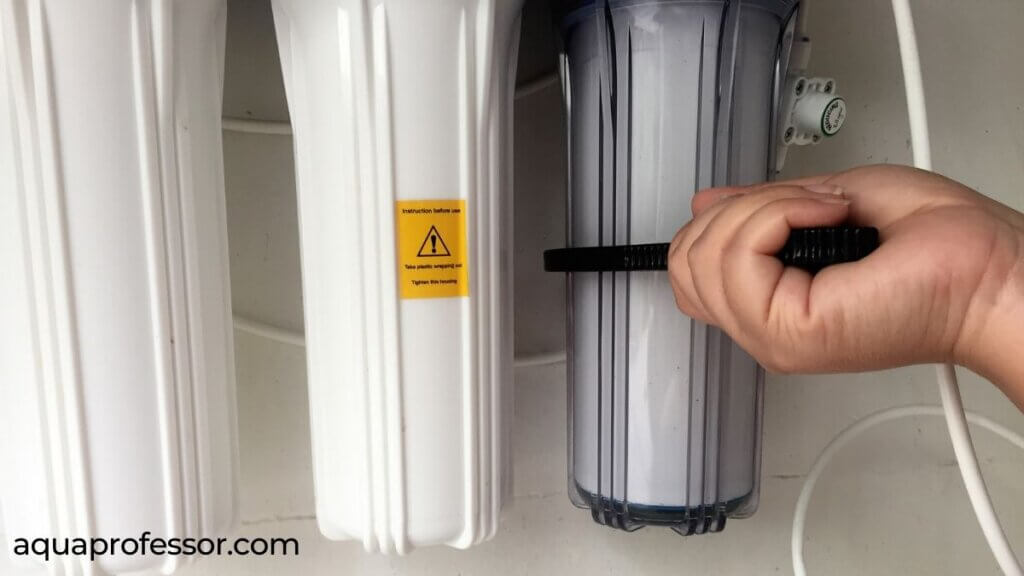
Some tell-tale signs indicate that your Reverse Osmosis filters need replacing, which include-
Grab your TDS meter and use our RO Calculator to find if your filters need changing!
RO Membrane Life Calculator
What Are The Filters In An RO System (And When To Change Them)
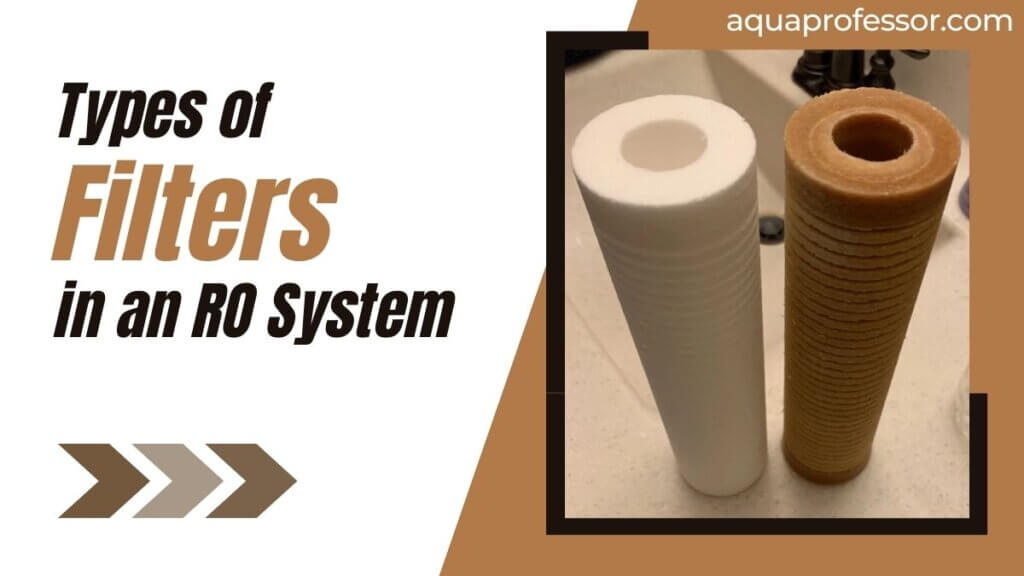
Reverse Osmosis systems usually comprise four types of filters. They are-
Sediment Pre-Filters:
Sediment pre-filter is the 1st stage of filtration of a Reverse Osmosis system. It eliminates various suspended contaminants in the form of sand, dust, rust, etc.
If not removed properly in time, these contaminants damage the next filter stages (like carbon block filters) by clogging them up.
Depending upon the filters’ activity, you should replace these filters after six months to one year.
Pre-Carbon Filter:
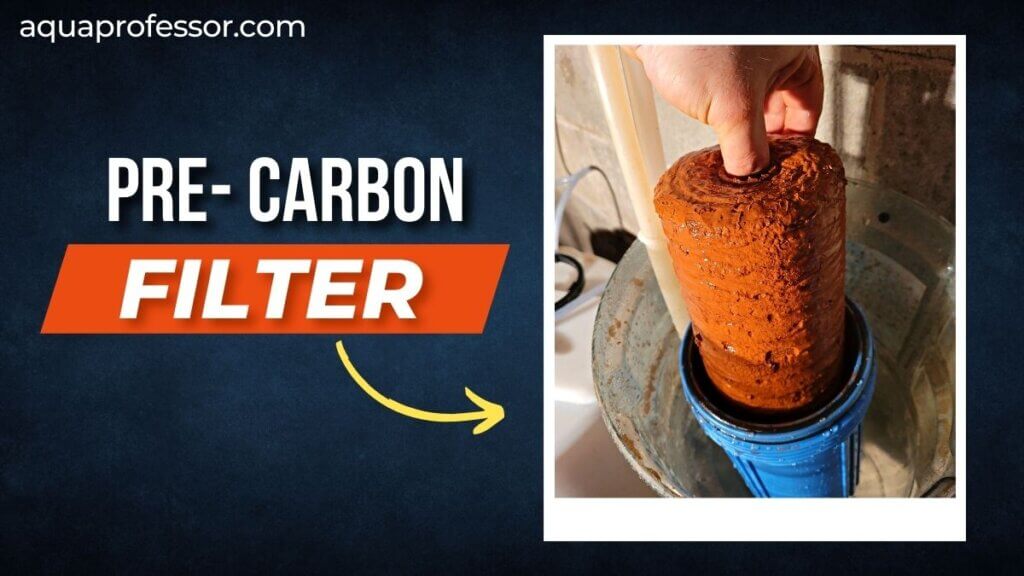
The next stage of the Reverse Osmosis water systems comprises the activated carbon pre-filter. This filter, through the process of adsorption, eliminates the aesthetic impurities (for example, chlorine) from your household drinking water.
A Pre-carbon filter typically lasts 6 – 9 months, after which you’ve to replace it. Not replacing it in time or avoiding timely maintenance may lead to the release of untreated water from your reverse osmosis faucet, which is harmful to your health.
Also Read: How Long Does a Zerowater Filter Last?
RO Membrane:
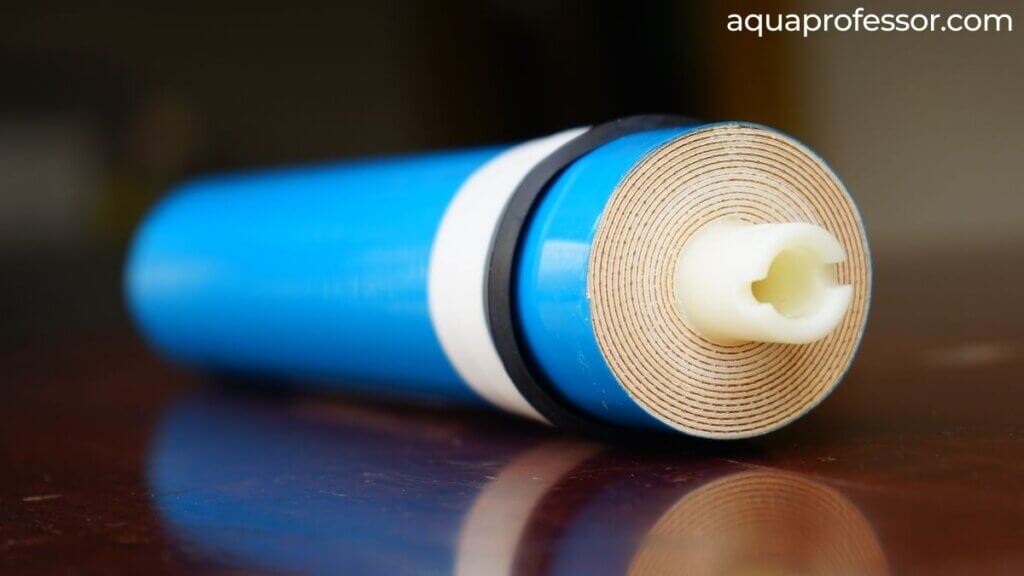
The Reverse Osmosis membrane is the primary and most potent filter in the Reverse Osmosis water filters. It removes a significant portion of the drinking water’s contaminants, be it dissolved adulterations or surface impurities, and gives you clean water.
Generally, Reverse Osmosis membrane lasts up to 2 years, but some membrane types can function for 4 years. However, maintenance of your reverse osmosis machine in proper time is mandatory in such cases.
Post-Carbon Filter:
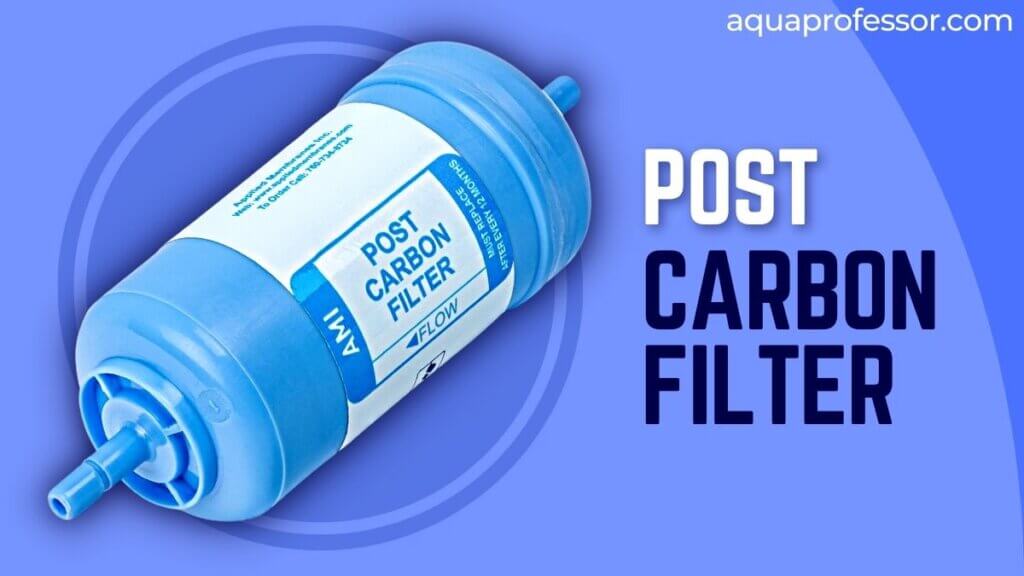
Post-carbon filter, also known as the polishing filter, is the last stage filter of a Reverse Osmosis system. This filter destroys the left-out tiny contaminants that seep through the pores of the Reverse Osmosis membrane. Apart from this, it eliminates the water’s unpleasant odor or taste.
Besides this, the carbon polishing filter also eliminates the leached-down impurities of your drinking water that arise while settling down in the repository tank.
Since the significant contaminants of your high-quality water are filtered out by the earlier filters and only a few contaminants are left to be screened out by the carbon post filter, its filter life lasts longer than pre-filters.
You should replace this filter of your Reverse Osmosis system (mainly if it comprises a reverse osmosis water repository tank) within six months to one year, depending upon the system’s usage.
Pre-carbon Reverse Osmosis Filter Vs. Post-carbon Reverse Osmosis Filter:
| Pre-carbon Filter | Post-carbon Filter: |
| Among the two reverse osmosis carbon filters, this filter eliminates the sediments, chlorine, and VOC (Volatile Organic Compounds) from your drinking water before passing it to the Reverse Osmosis membrane. | This drinking water filter removes tinier impurities that even Reverse Osmosis membranes could not filter out. |
| Carbon pre-filter needs earlier filter replacement than the post-carbon filter (after 6 – 9 months). | Carbon post – filter lasts longer than the pre-carbon reverse osmosis filter and needs only filter replacement after operating continuously for six months or one year. |
| Pre-carbon reverse osmosis filter comes in the 2nd stage of the Reverse Osmosis water filter system. | Post-carbon filter comes in the 4th stage of the Reverse Osmosis water filter system. |
| It cannot eliminate the unpleasant smell and taste of water. | Among the two carbon filters, this filter improves the water quality by removing the water’s unpleasant odor and taste. |
If you’re looking for refrigerator filters, check Glacier Fresh Filter products!
How Do You Know When To Change Sediment Filters?
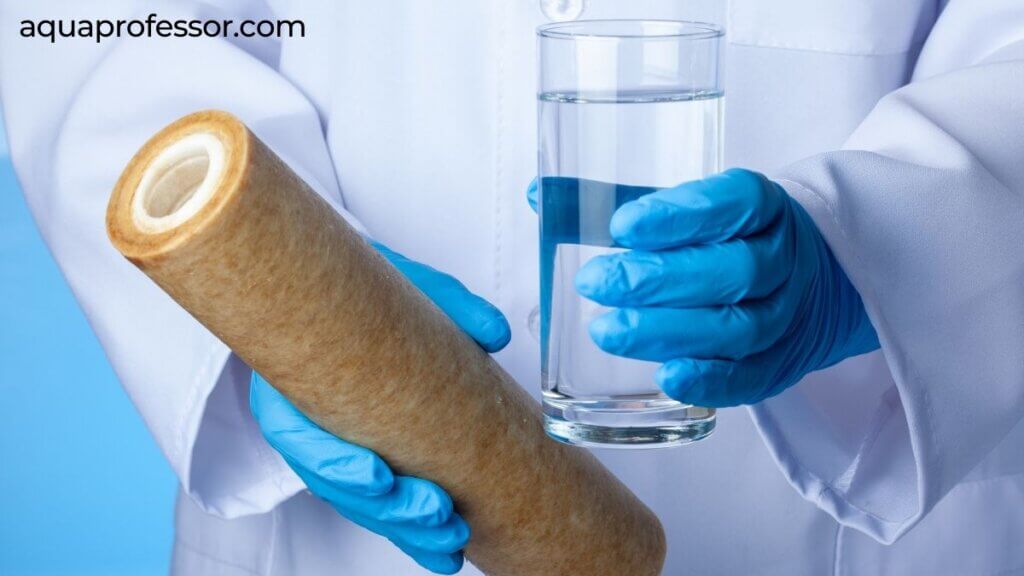
Here are some of the signs of knowing that your sediment filters need a replacement-
Here are some of the tips to check the lifespan of sediment filters-
How To Tell When Your Carbon Filter Needs To Be Replaced?
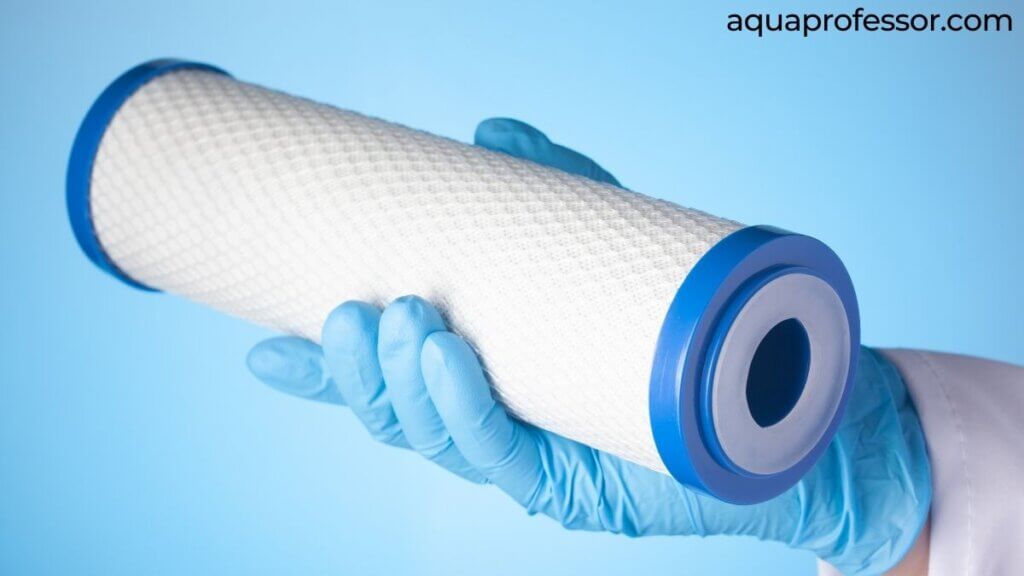
The carbon filter of your reverse osmosis system needs filter replacement if you notice that-
How Often To Change RO Filters: FAQs
How long should an RO filter last?
The RO filter is a water filter system’s main component and usually lasts 2-3 years, depending on feed water quality. Other filters, like pre-filters, which include sediment and carbon filters, last for 6-12 months, and post-filters, also known as carbon post-filters, last for 9-12 months.
How often should I flush my RO membrane?
Reverse Osmosis membranes in water filters are susceptible. So, it would be best if you flushed them daily or on an alternative basis for approximately 40 minutes each time.
How To Change Reverse Osmosis Filters?
Changing the Reverse Osmosis filters (Reverse Osmosis membrane) takes about 20 to 30 minutes. Here’s what you should do:
1)Turn off your water supply.
2) Pull apart your Reverse Osmosis membrane’s three tubes and remove the tubing and the membrane housing.
3) Open the cap.
4) Pull the Reverse Osmosis membrane out of the grip of the O-rings in the housing.
5) Use your hands to pull it or needle nose pliers.
6) Put the new Reverse Osmosis membrane in place of the old one.
7) Connect the detached tubing back to its original position and rinse the residues of the new membrane to clean it.
How often should a reverse osmosis system be serviced?
A Reverse Osmosis system must be serviced every 6 to 12 months, depending upon its overall water usage and the reverse osmosis water supply quality.
How long does a reverse osmosis system last?
Reverse Osmosis systems may last up to 10 – 15 years, providing tasty and contamination-free water. But for that, you need to follow manufacturer instructions and replace its filters at the exact time as prescribed in the booklet.
Adarsh is a Health & Nutrition Sciences graduate with expertise in environmental health. He is associated with ventures like Glacier Fresh Filter and Simpure Filter Systems. Through Aqua Professor, he intends to provide helpful information to every home to help them make smarter decisions.
